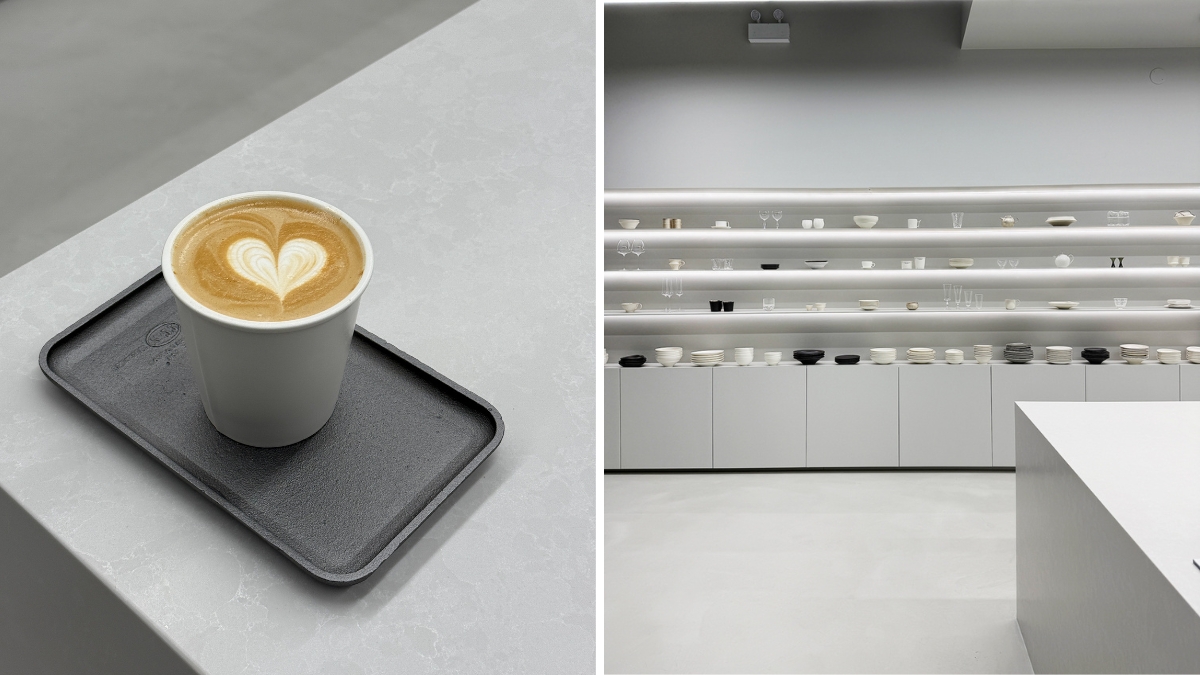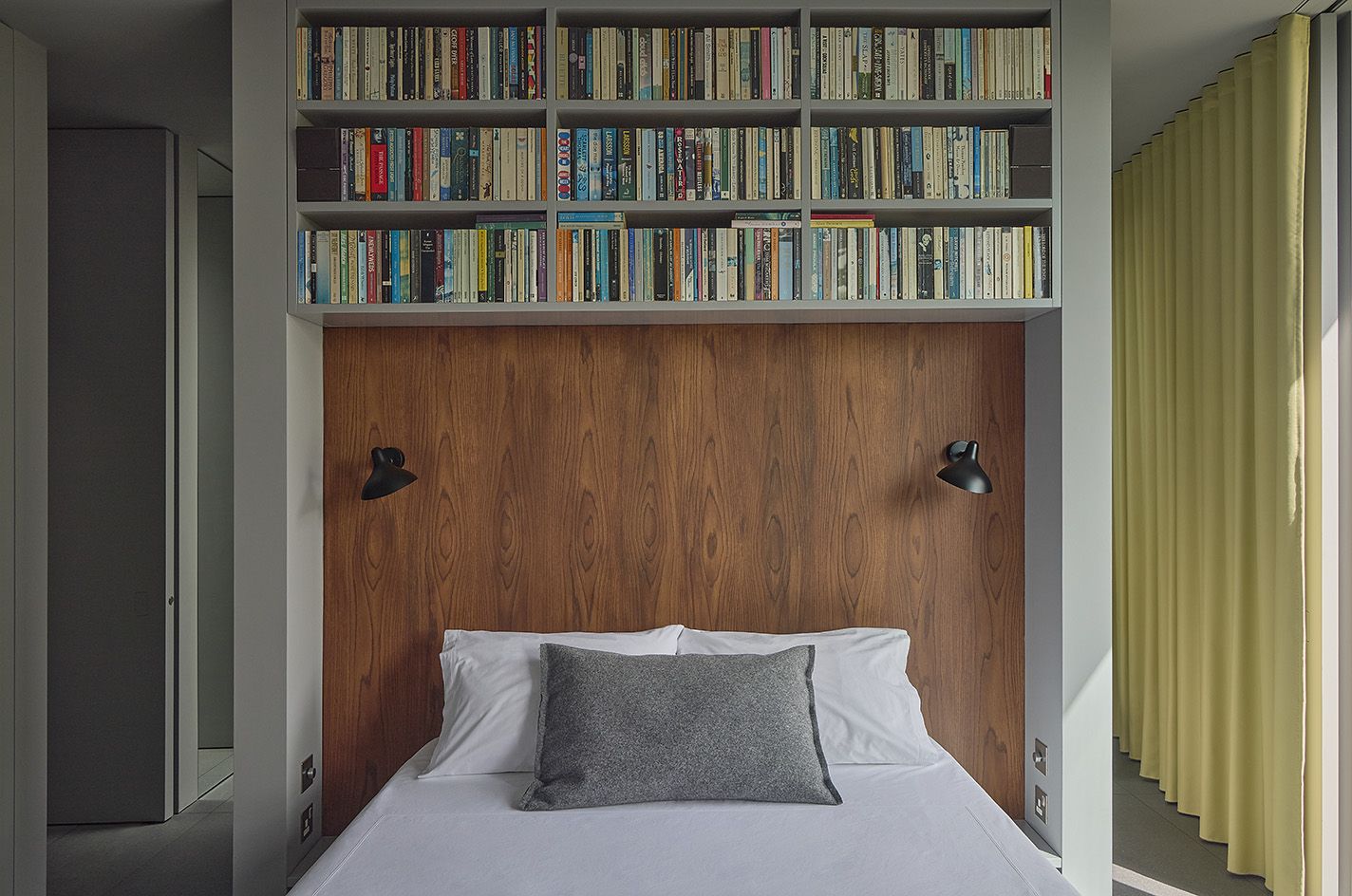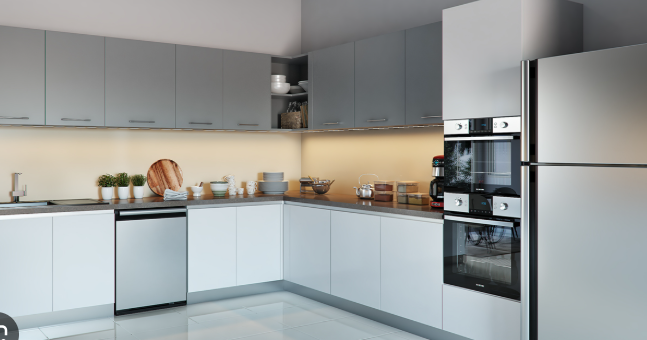Quiet tech for loud ideas: the minimalist appeal of modern E-Ink design

 The unseen power of E-Ink: Why less noise means more creativity
The unseen power of E-Ink: Why less noise means more creativity
Everywhere we look, there’s a screen competing for our attention. Most digital devices are designed to keep us engaged—but often, that means distracted. Somewhere between the brightness, pop-ups, and never-ending streams of content, deep thinking gets drowned out.
That’s where E-Ink quietly stands apart.
It doesn’t glow. It doesn’t push notifications. It doesn’t seduce with color or movement. Instead, E-Ink gives us stillness. With its paper-like appearance and monochrome display, it removes the unnecessary and gives our minds room to focus.
For those who write, sketch, map, or dream—focus is everything. BOOX Note MAX minimalist aesthetic allows users to step into a digital space that feels analog.
Digital notebooks reimagined: Where E-Ink meets creative workflow
We often treat creativity as something spontaneous, but anyone who creates regularly knows that routine and tools matter. Traditional notebooks are familiar, tactile, and flexible—but limited. On the other hand, tablets and laptops offer features but often invite distractions.
E-Ink notebooks aim to balance both worlds. Some devices are designed with creative focus in mind. They provide a large writing surface, stylus input, and support for digital documents—all without the sensory overload that comes with typical tablets.
What makes them stand out is how quietly they integrate into the creative process. You can sketch a wireframe, annotate a manuscript, or brainstorm a project without ever seeing an app icon blinking in the corner.
The beauty of constraints: How E-Ink’s limits spark innovation
When tools are too powerful, we sometimes get lost in their features. Extra colors, layers, fonts, and apps can add polish—but they can also create noise. Creative work often benefits from restraint.
E-Ink’s design imposes a kind of productive limit. Without color or fast refresh rates, you’re nudged toward simplicity. You focus on content, form, and structure, not presentation. This encourages slower, more deliberate thinking—and sometimes, that’s where the most original ideas come from.
For instance, a visual thinker sketching on an E-Ink tablet might focus more on shape and flow, rather than details. A writer might revise more carefully, without being tempted to jump between tabs. These limits act like a gentle frame—less like a fence, more like a window.
And when the tool fades into the background, the work moves forward. Creative breakthroughs don’t always need more options—they often need fewer interruptions.
Beyond e-readers: The unexpected uses of E-Ink in design and art
Originally built for reading, E-Ink displays have quietly expanded into other creative domains. Artists and designers are discovering their unique properties, particularly in early-stage work where simplicity matters most.
For sketch artists, the matte surface and minimal interface are ideal for drafting ideas without distraction. For UX designers, E-Ink displays help visualize layouts and user flows without the noise of branding and color. The grayscale display strips designs down to function and hierarchy, which is often the first step toward clarity.
Writers are using E-Ink devices as drafting companions—especially those looking to escape from the lure of browser tabs or digital multitasking. The act of writing on an E-Ink surface slows the pace, allowing thoughts to form more completely. It’s not about speed. It’s about flow.
In some creative studios, E-Ink is even making its way onto desks as a display for evolving drafts—whether it’s lyrics, code, sketches, or architecture concepts. The technology becomes part of the atmosphere: not flashy, but always quietly present.
The future of minimalist tech: Will E-Ink replace paper for good?
For many creatives, paper is sacred. It carries the weight of intention and a kind of physical memory. The feel of turning a page, the margin notes, the softness of pencil or ink—these aren’t easily replaced.
E-Ink doesn’t pretend to mimic this perfectly. What it does offer is an alternative rhythm. It slows the digital pace and provides a canvas that feels both familiar and new. You still write, still draw, still erase—but now with the ability to save, sync, and adapt.
The question isn’t whether E-Ink will fully replace paper. It’s whether it can exist alongside it—and for many, it already does. In creative workflows, these devices act as bridges between the analog and the digital, offering flexibility without chaos.
As more people discover platforms Einktab, the appeal grows—not because they do everything, but because they do just enough. And in a time when more often means louder, “just enough” might be exactly what creativity needs.
E-Ink isn’t a revolution shouting for attention. It’s a whisper—a subtle shift in how we engage with ideas. It offers clarity instead of brightness, stillness instead of motion. And in that quiet space, bold concepts take root.
When you remove the layers of digital clutter, what remains is intention. And that might be E-Ink’s greatest strength: it helps us remember why we started creating in the first place.
link




